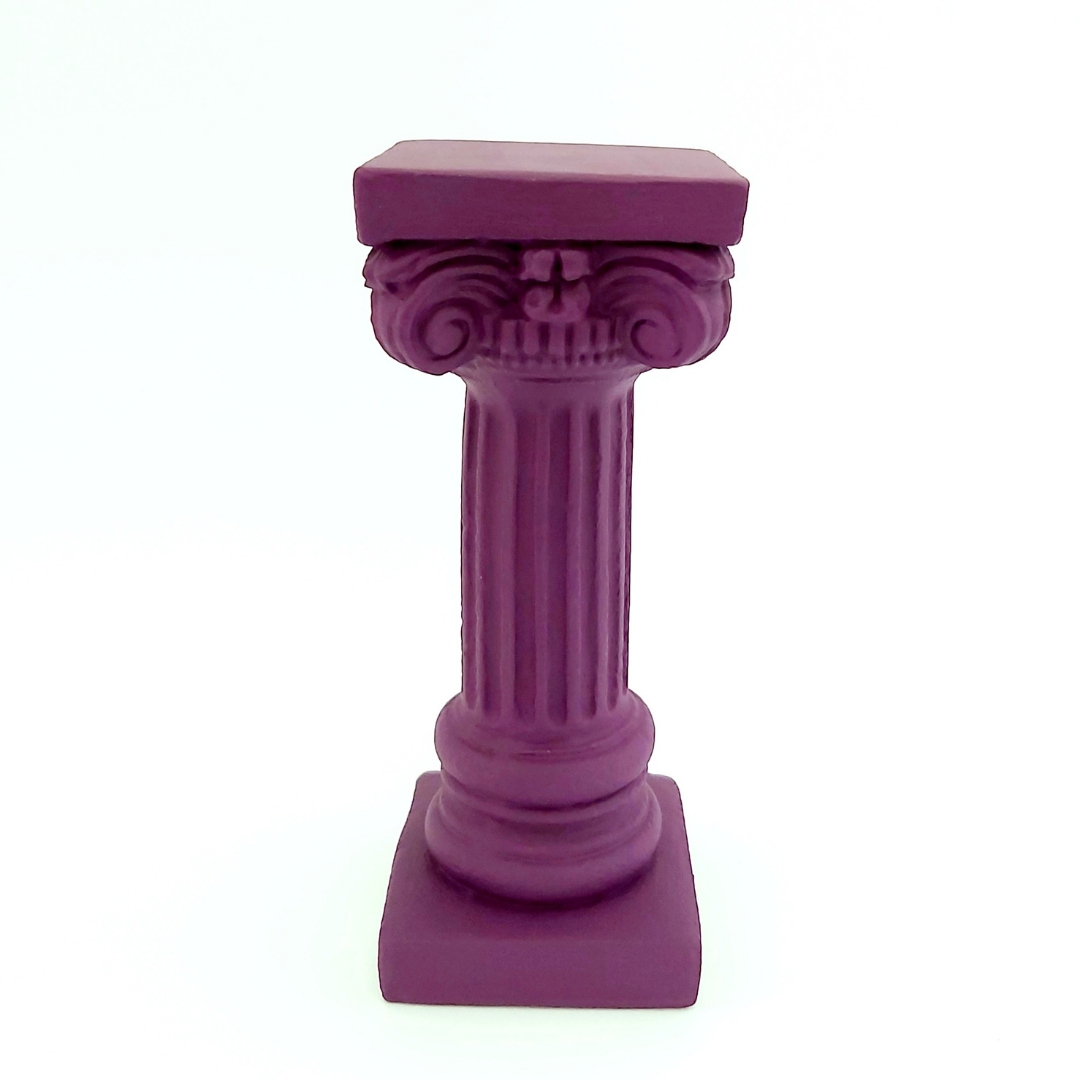The Corinthian Order, named so after the city of Corinth, was infrequently utilized by the Greeks in comparison to their Doric & Ionic orders, and its origin is vague simply because elements of the Corinthian Order were scattered throughout designs from a plethora of buildings.
A myth of the order’s origin is described by Vitruvius about the Athenian sculptor, Callimachus. It is said that as Callimachus walked by the grave of a young Corinthian girl, he noticed a possession-filled basket placed atop the grave directly above the root of an acanthus plant. The leaves grew to surround the basket, which was topped off with a flat, square tile that protected the goods inside. This event is mythically said to have been the inspiration for Callimachus’ invention of the Corinthian capital, and interpretations of the capital have been sketched to show what Callimachus saw.
The establishment of the Corinthian Order did not distinguish itself, immediately, as it was first incorporated within the Ionic Order capitals. The first noted example, at the Temple of Apollo at Bassae, appeared centrally among a troupe of Ionic columns, and this specific Corinthian-esque column holds much significance because the acanthus decoration was often linked with Grecian funeral celebrations; and the column may have been built to portray one of the many characteristics of Apollo, which was Sudden Death.
Although the Greeks did not use the Corinthian Order as much as the Doric or Ionic, one of their earlier examples of Corinthian influence was at the Choragic Monument of Lysicrates in Athens; and arguably the most recognized model of the Greek Corinthian Order is at the Tower of the Winds. Because of the capital’s unconventional layering of acanthus leaves in only one row with only one row of water leaf designs above that, the Tower of the Winds capital distinguished itself from the Roman version of the order and, in turn, has become synonymous with the Greek Corinthian Order as a whole. The two are often interchanged in dialogue
Returns Policy
Returns are accepted only if the items you wish to return are intact and in their original packaging, along with the sales receipt or invoice. To avoid any inconvenience, you should carefully check the product when delivered in order to detect any obvious defects or errors. To ensure the return or exchange of a product, it is compulsory to follow the return procedure described above. Also, items that are returned incomplete, damaged or soiled are in no case accepted, exchanged or refunded.
Depending on the payment method of your order, your refund will be completed within 30 days from the date we receive the products. Our company reserves the right to change prices without notice. In this case, the products are invoiced based on the value they had your order was placed.
Please contact us before returning a product by calling at +30 2103 533 070 or by sending an e-mail artpoint@papasotiriou.gr
Shipping
ARTPOINT PAPASOTIRIOU can serve customers globally. The cost of shipping varies from city to city and from country to country, according to the product you chose to purchase. That is why we have formed a specific dispatching policy to be as fair as possible. Orders are shipped within 3 to 30 business days (depending on product availability). If we cannot deliver your order due to force majeure (strikes, extreme weather conditions, etc.) we will contact you to inform you. Once you complete your order, you will receive an e-mail confirming that we received your order.



